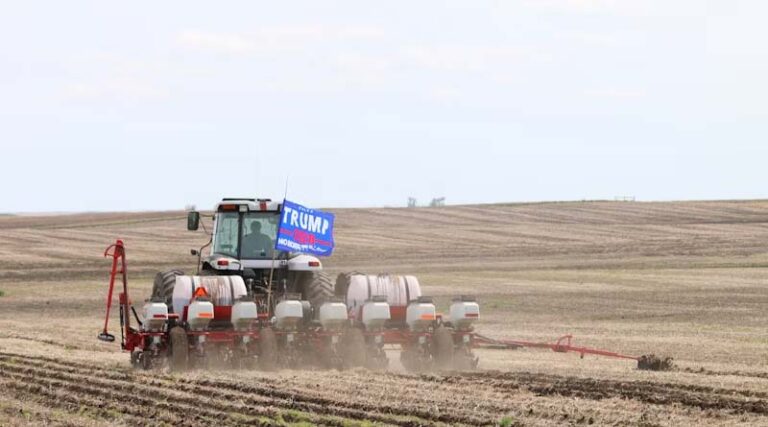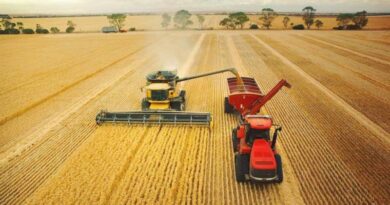
U.S. Farmers Are Rapidly Adopting GE Crops – Here’s What the 2024 Data Reveals
23 July 2025, US: The adoption of genetically engineered (GE) crops in the United States has continued to grow steadily since their commercial introduction in 1996. Today, more than 90 percent of U.S. corn, upland cotton, and soybean production relies on GE seed varieties, underscoring their widespread acceptance among American farmers.
These insights come from the U.S. Department of Agriculture’s Economic Research Service (USDA ERS), which tracks annual trends in GE crop adoption. According to its latest data update in January 2025, GE crops in the U.S. are primarily categorized into three types: herbicide-tolerant (HT), insect-resistant (Bt), and stacked trait varieties that combine both.
While advanced traits such as drought resistance, virus tolerance, and nutritional enhancements have been developed, HT and Bt traits remain the most widely adopted by American farmers.
Herbicide-Tolerant (HT) Crops
HT crops are engineered to withstand specific herbicides like glyphosate, glufosinate, and dicamba, offering farmers flexibility and effectiveness in weed control. The adoption of HT soybeans rose rapidly from 17 percent in 1997 to 68 percent in 2001, reaching 94 percent by 2014. As of 2024, HT soybeans cover 96 percent of U.S. soybean acreage.
HT cotton followed a similar trajectory, increasing from 10 percent in 1997 to 56 percent in 2001, and peaking at 95 percent in 2019. In 2024, HT cotton accounted for 93 percent of total cotton acreage. HT corn adoption progressed more slowly in the early years, but saw a significant rise post-2000. By 2024, 90 percent of domestic corn acres were planted with HT varieties.
Also Read: Verdesian Life Sciences Appoints RK Goyal as Head of Asia Commercial Operations
📢 If You’re in Agriculture, Make Sure the Right People Hear Your Story.
From product launches to strategic announcements, Global Agriculture offers unmatched visibility across international agri-business markets. Connect with us at pr@global-agriculture.com to explore editorial and advertising opportunities that reach the right audience, worldwide.






